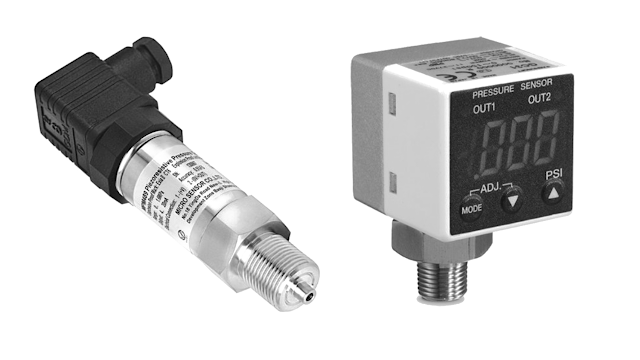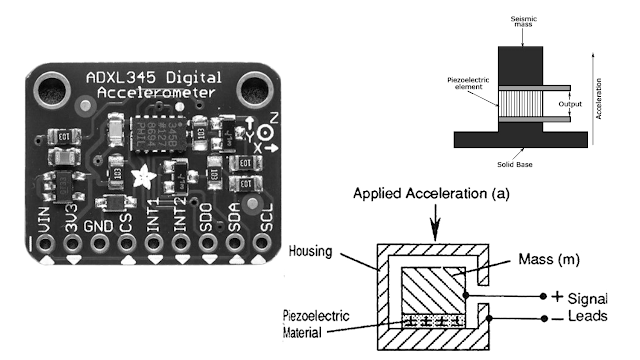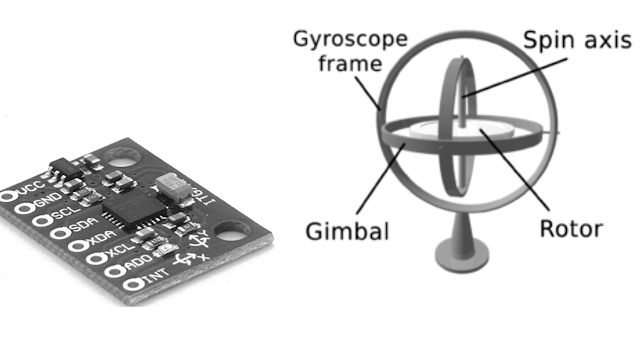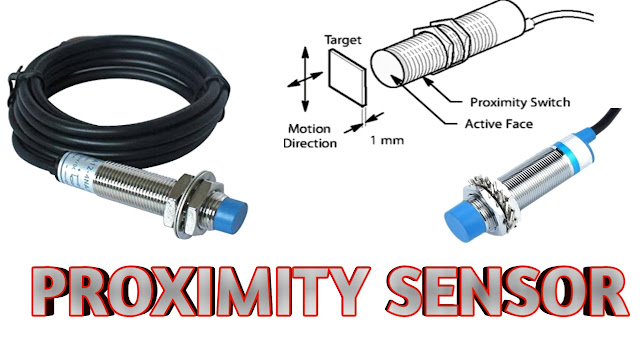Hall Effect Sensor
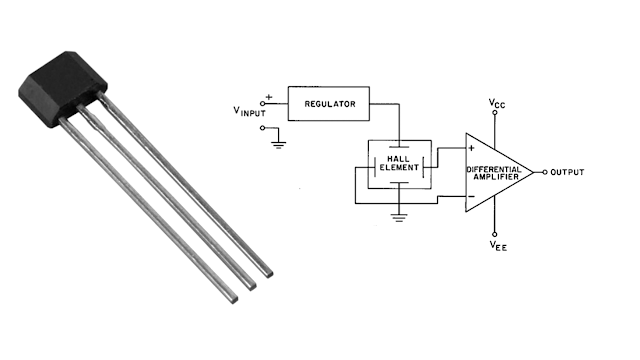
Hall Effect Sensor Hall Effect Sensor Definition Hall-effect sensors are the linear transducers that are used to measure the magnitude of the magnetic field. Working on the principle of Hall Effect, these sensors generate a Hall voltage when a magnetic field is detected, which is used to measure the magnetic flux density. Linear sensors can measure the wide range of magnetic fields. Besides magnetic fields, these sensors are also used for detecting proximity, position, speed. For these sensors output voltage is directly proportional to the magnitude of the magnetic field. Introduction The basic Hall Element of the Hall Effect magnetic sensors mostly provides very small voltage of only a few micro volts per Gauss, so therefore, these devices are usually manufactured with built-in high gain amplifiers. There are two types of Hall Effect sensors, one providing analog and the other digital output. The analog sensor is composed of a voltage regulator, a Hall Element and an amplifier. F
